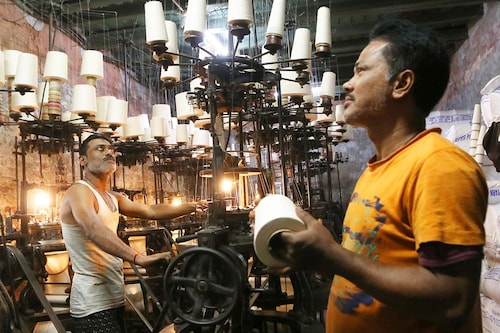
Kearney
The massive strides in the adoption of healthy and hygienic menstrual products in India are very encouraging, but most sanitary pads are made of non-biodegradable plastic and more than 12 billion of them end up in water bodies of landfills. It's time to encourage sustainable menstrual hygiene
In the post-pandemic world, consistent disruption will be the new normal in retail and organisations that can respond with agility to adapt will survive in the long turn by creating a sustainable competitive advantage for themselves
India’s exports have shrunk by about 3 percent over the past five years, as importers move towards countries like Vietnam, Ethiopia and Indonesia. Riding the wave of global sentiment for de-linking supply chains from China, Indian players need to create a differentiated value proposition, focussing on quality rather than quantity
Indian brands and retailers need to move, and move quickly, to bring to life the long standing omni-channel dream, especially for a post-pandemic world
Even while Indian e-commerce has caught on, only 10 percent of urban fashion and lifestyle had penetrated online pre-Covid. Leading brands should aspire to 20-30 percent share of business coming from online channels now—here's a playbook to getting there
Loading...
Popular Now
- Shifting Trade Ties: India's FTA Strategy Moves West
- From constraints to commerce: Transforming women-led businesses in India through
- India's semiconductor boom hinges on ecosystem growth
- AI, humans and India's role in this tech revolution
- Budget 2025: A new dawn for the middle class and a prosperous future
- Budget 2025 expectations in a protectionist world
- WEF 2025 Wrap-Up: Unlocking the Intelligent Age through collaboration, transform
- Leveraging waste-to-energy innovation for India's legacy waste crisis
- Is the quiet evolution of a new normal growing up with humans and AI?
- Insurance for all by 2047 A push for awareness, accessibility, & affordability














